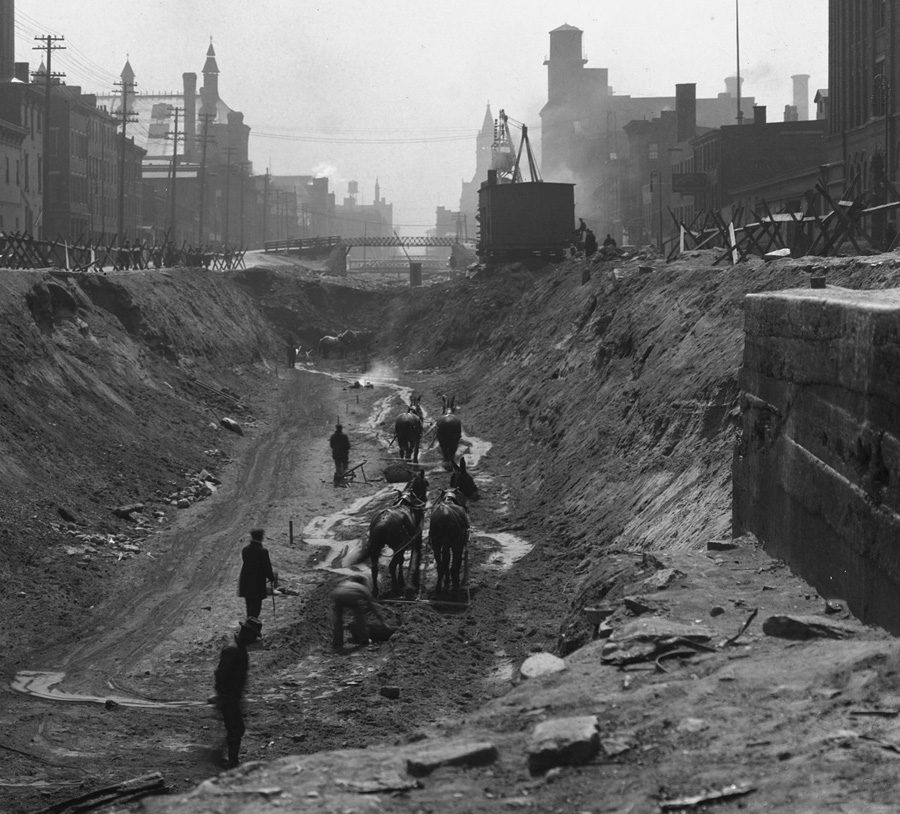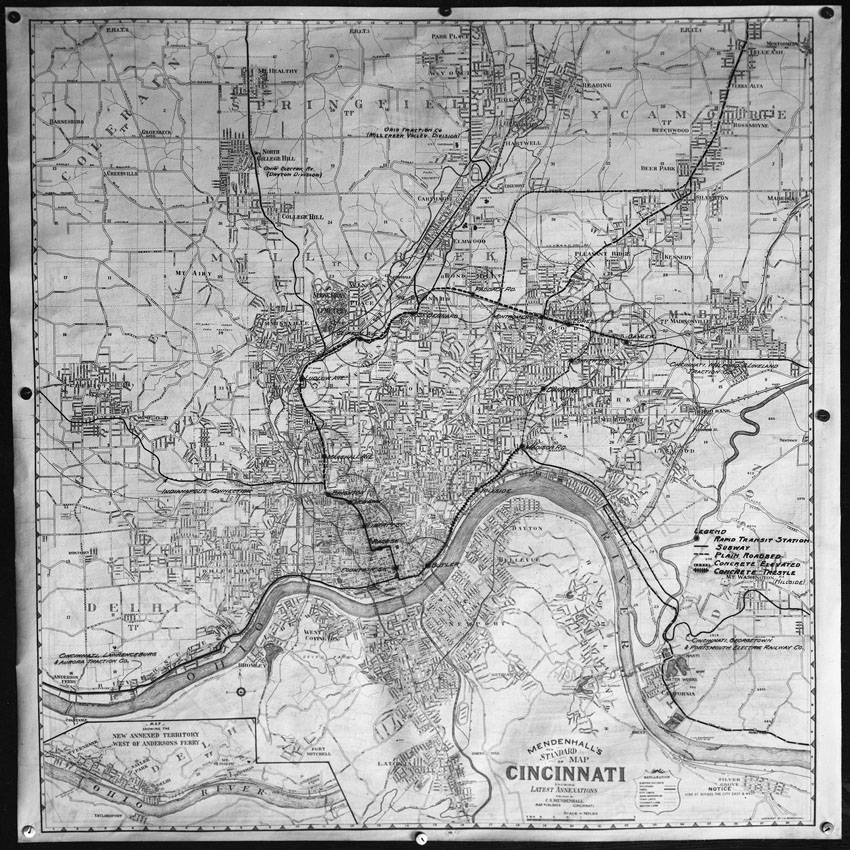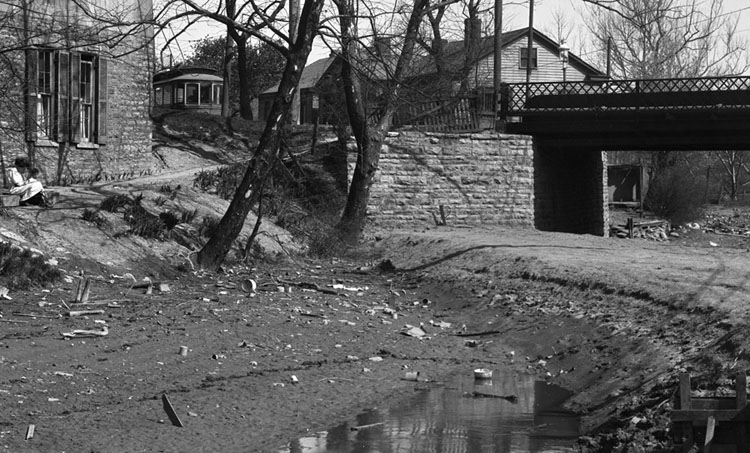The ABMS Directory of Board Certified Medical Specialists has now completed its transition from print to online. This directory provides access to “professional information about more than 800,000 board certified physicians in 50+ specialties and 100+ subspecialties from the 24 member boards of the American Board of Medical Specialties (ABMS).” Continue reading
Horse Power = Adventures in the Subway and Street Improvements Digitization Project
By: Angela Vanderbilt
An interesting element appears now and again in the subway construction scans. Among the engineers, construction crews and machinery are some four-legged workers. Images of horses being utilized in the subway construction effort appear as late as 1926, and images of horse-powered transportation, including buggies and delivery wagons, are seen as late as 1931.
New: AccessPediatrics, AccessPhysiotherapy, and AccessSurgery
Introducing AccessPediatrics, AccessPhysiotherapy, and AccessSurgery! Three new ebook collections brought to you by the UC Health Sciences Library.
As with AccessMedicine and AccessPharmacy, each ebook collection includes special features such as:
- multimedia
- drug information
- ability to create personal accounts to access Board Review or NPTE review questions
Each collection also includes some unique features:
- AccessPediatrics: calculators, algorithms, and a Clerkship Corner; textbooks, cases, and Q&A especially for medical students
- AccessPhysiotherapy: topics by modalities and an interactive cadaver dissection experience in its Anatomy and Physiology Revealed section
- AccessSurgery: images, videos, and descriptions of procedures.
Bookmark these new resources or go to the Health Sciences Library’s home page http://libraries.uc.edu/hsl/ and click on eBooks from the menu on the left under Quick Links or Point of Care eResources in the center of the page under Express Links.
If you have any questions, please contact Edith Starbuck at edith.starbuck@uc.edu or 558-1433.
Under Construction = Adventures in the Subway and Street Improvements Digitization Project
By Angela Vanderbilt
When construction of the subway started in January, 1920, three contractors had been selected by the Rapid Transit Commission to complete the work: D.P. Foley General Contractors, Hickey Brothers and Fred R. Jones Company. The construction of the 16-mile subway loop was separated into nine sections, with contractors bidding for work on each section. One section might include construction of tunnels within the old canal bed for underground subway tunnels and stations, while another section might require construction of tunnels through a hillside, above-ground station construction, or grading of terrain for tracks to be laid in the open.
Social Media and the Ohio Electronic Records Committee
By Janice Schulz
Ever since those lovely punch cards were introduced to organizations as a business tool in the 1940s, records managers have faced unique dilemmas, challenging us to fit new electronic methods into our old models of recordkeeping or to come up with new ways of managing information and technologies. Admittedly, the lightning fast pace of technological advancement oftentimes catches us unaware and we end up backtracking and trying to catch up after realizing that the new media is producing information that needs to be managed. From punch card automation to mainframes to personal computers to mobile devices, each new technology has presented new issues and has required us to think creatively about how to deal with their related records.
The Ohio Electronic Records Committee (OhioERC) tackles these challenges by researching issues and crafting guidelines for Ohio’s government and government-funded organizations to use in their own policy and procedure creation. As UC Records Manager, I have been a member of the OhioERC since 2006, serving as Secretary from 2008-2012. For me, this experience has been extremely valuable and frankly very eye-opening as I am exposed to quandaries others are facing and we may face very well in the future at UC. The first quarterly meeting of 2013 was held on Wednesday, January 16, at the Ohio History Center in Columbus. The Committee is very close to releasing a new guideline on cloud computing and an updated version of the Electronic Records Management guideline, one of the very first produced. A subcommittee is working to update the current Managing Web Content guideline and discussion ensued about the need to update the current Managing Email guideline.
OhioLINK ETD Service Notice
Come Play at the STRC and Adaptive Technologies Open House
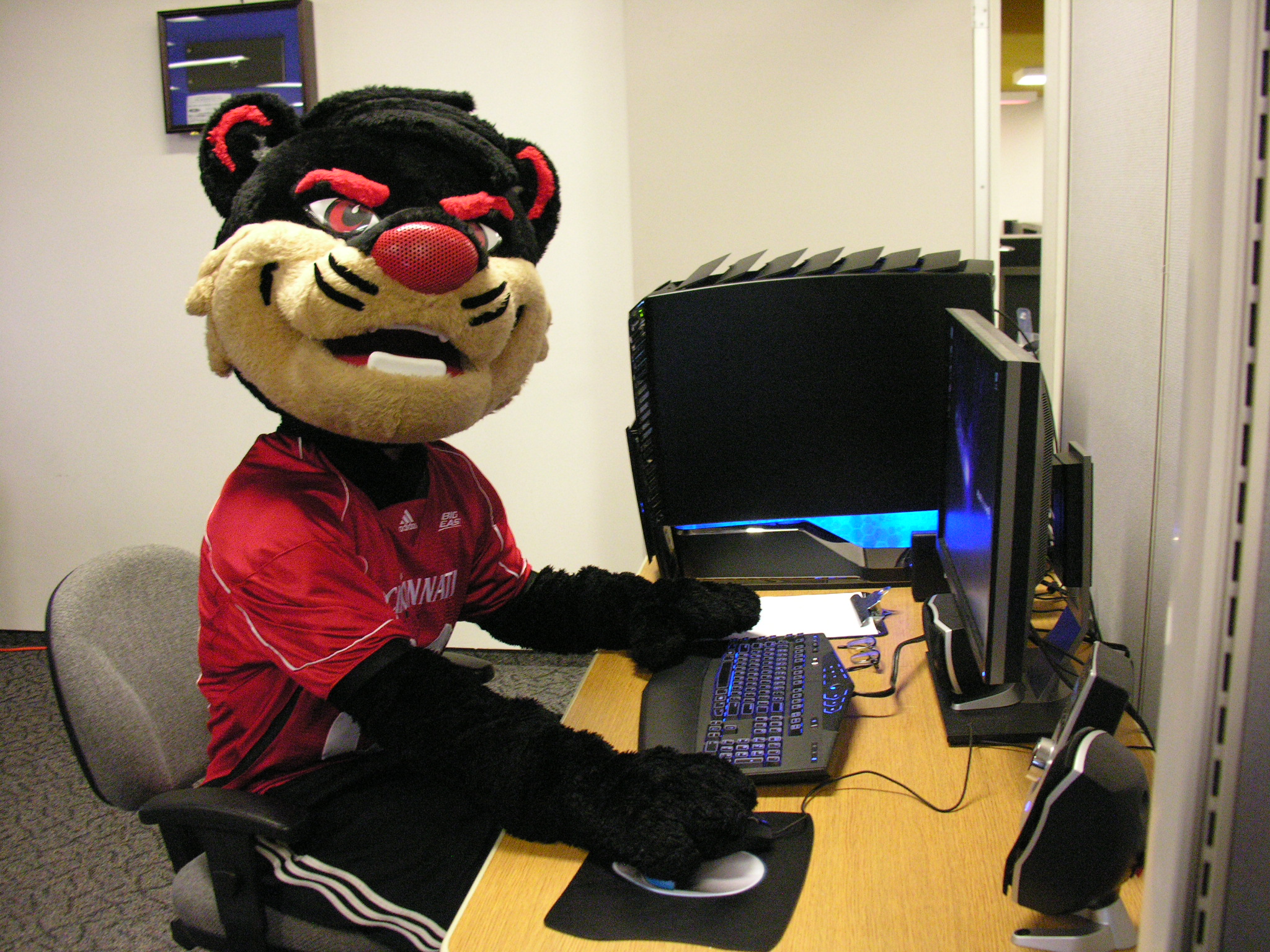 Stop by the 4th floor of Langsam Library on Wednesday, January 30, from 1pm – 3pm, and join UC Libraries and the Senior Vice President for Academic Affairs & Provost at an Open House for the Student Technology Resources Center (STRC) and Adaptive Technologies Office. The event will highlight the recent renovation to the space and the services and technologies available in both areas.
Stop by the 4th floor of Langsam Library on Wednesday, January 30, from 1pm – 3pm, and join UC Libraries and the Senior Vice President for Academic Affairs & Provost at an Open House for the Student Technology Resources Center (STRC) and Adaptive Technologies Office. The event will highlight the recent renovation to the space and the services and technologies available in both areas.
The Albert B. Sabin Digitization Project: Dr. Alan Goffe
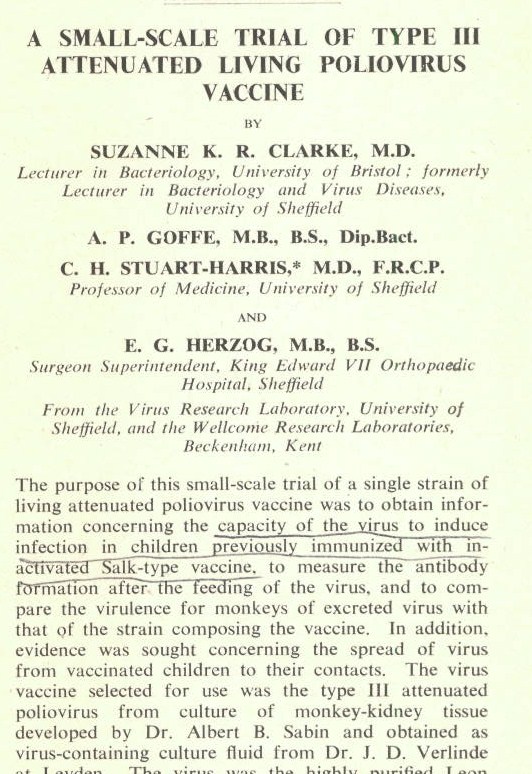
British Medical Journal, November 15, 1958
While updating metadata records in the digitized collection, I came across the name “Alan Goffe” several times. I was interested to learn more about this man who frequently communicated with Dr. Sabin. Luckily, I found a book called, Between Two Worlds: The Story of Black British Scientist Alan Goffe. This book was written by Gaia Goffe, cousin of the late scientist, as a high school project. Later, the book was published by Hansib Books.[1] I found this book to be very interesting because it explains the relationship between Drs. Sabin and Goffe, as well as their shared interest in an oral polio vaccine. Continue reading
Spring LIFE OF THE MIND Lecture Series Kicks Off February 5
 The spring Life of the Mind lecture series will kick off Tuesday, February 5 from 3:30-5pm in the Russell C. Myers Alumni Center. Life of the Mind features interdisciplinary conversations with UC faculty around a one-word theme followed by audience Q&A and a reception with light refreshments. Each quarter, there are two Life of the Mind sessions with three thought provocateurs contributing to each session. The spring Life of the Mind theme is Death. Continue reading
The spring Life of the Mind lecture series will kick off Tuesday, February 5 from 3:30-5pm in the Russell C. Myers Alumni Center. Life of the Mind features interdisciplinary conversations with UC faculty around a one-word theme followed by audience Q&A and a reception with light refreshments. Each quarter, there are two Life of the Mind sessions with three thought provocateurs contributing to each session. The spring Life of the Mind theme is Death. Continue reading
Surveying Cincinnati = Adventures in the Subway and Street Improvements Digitization Project
By: Angela Vanderbilt
In order for Cincinnati to keep pace with other major cities at the turn of the 20th century, city leaders and citizens recognized that a rapid transit system was necessary for the successful growth and prosperity of Cincinnati. Although several electric street car and interurban railroad lines, as well as horse-drawn streetcars, were utilized for passenger transportation around the city, each line was separately owned and passengers were required to switch from one line to another to reach the downtown business district. A faster, more direct and more efficient means of reaching the downtown was needed.

